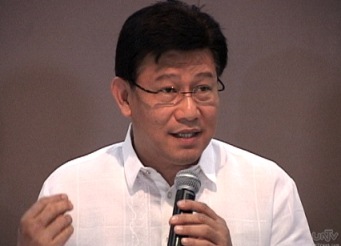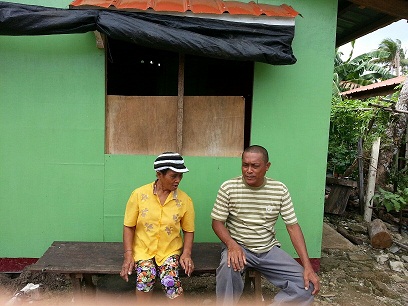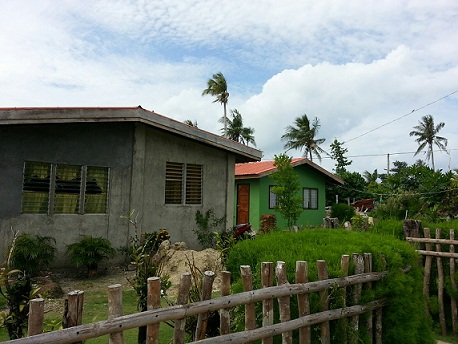
That’s the question I asked Environment Secretary Ramon Paje when he said that Hinatuan Mining Corporation (HMC) has to get the approval of the church to their request to remove the 1.1 million metric tons nickel ore stockpile in Manicani which poses risk to the environment minerals pose this rainy season.
Way back 2003 (the Environment secretary then was Heherson Alvarez), the Mines and Geoscience Bureau and Environmental Management Bureau of the Department of Environment and Natural Resources investigated and evaluated the impacts of mining operations in Manicani and Homonhon islands in Guiuan, Eastern Samar and the recommendation on the stockpile was, “while the operations of Hinatuan remains suspended, all available ore materials stockpiled form shipment must be disposed of immediately as these materials may cause siltation and water pollution along the seashore subject, however, to compliance with the other requirements of the DENR, MGB and EMB, as well as with the pertinent laws, rules and regulations.”

